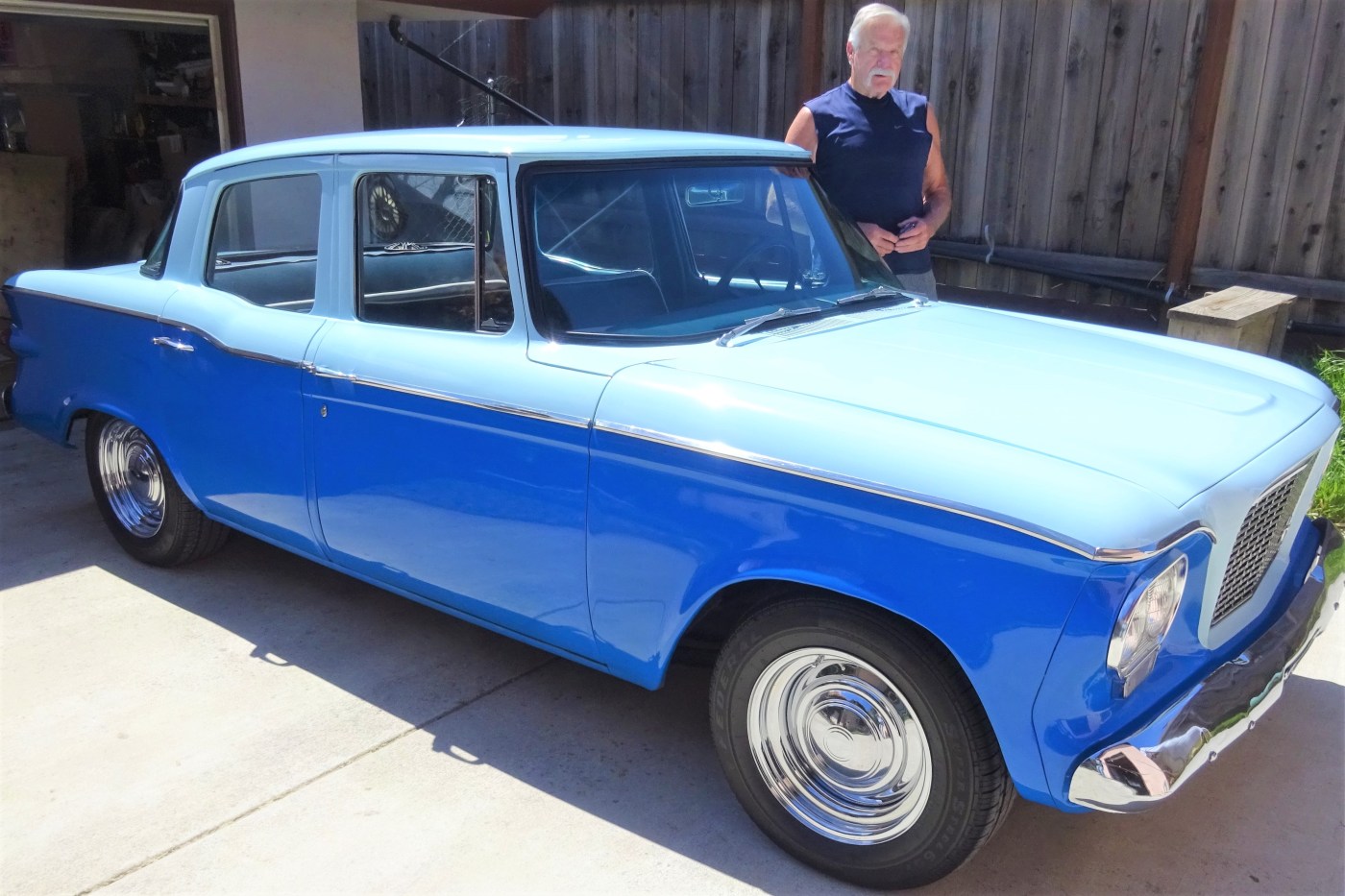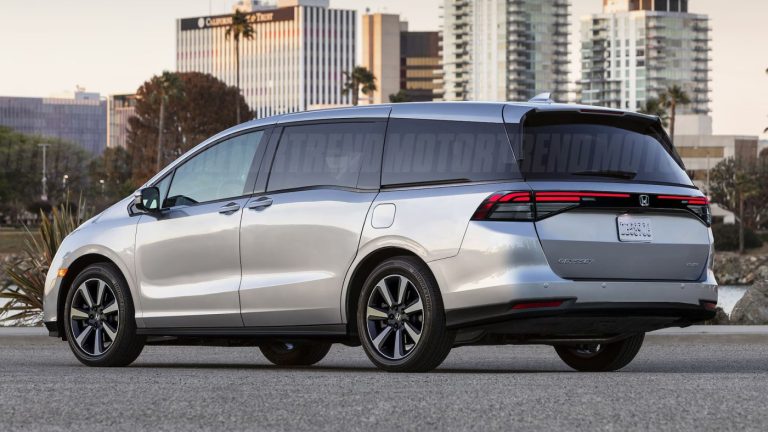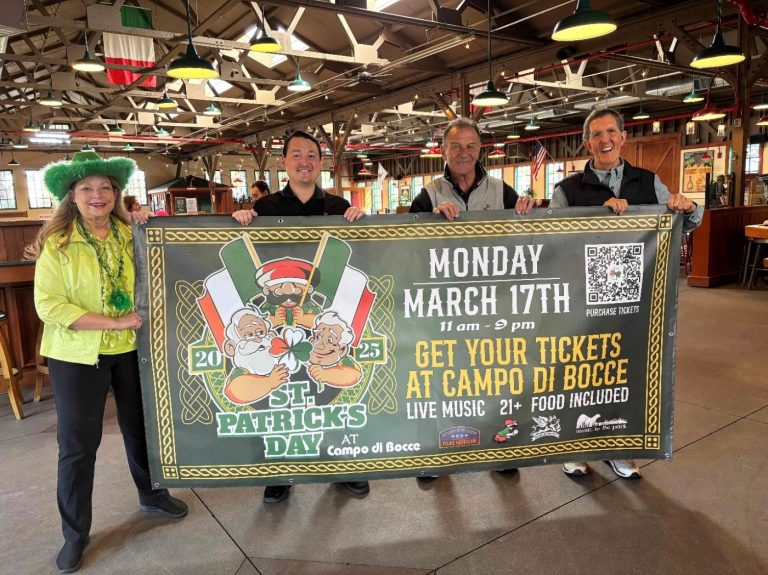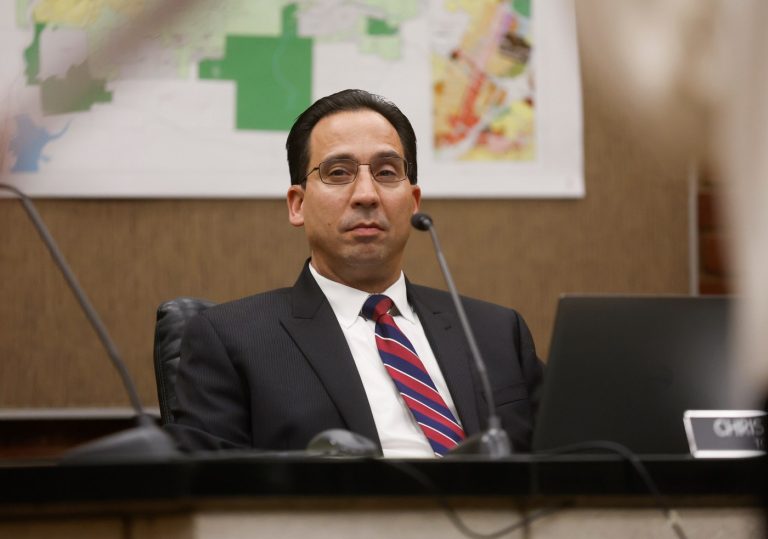To me, Studebaker is one of the saddest stories in automotive history, even though there’s no shortage of such sad stories.
Related Articles
Me & My Car: East Bay owner’s ’73 Porsche 914 ‘fun to drive’ for decades
Me & My Car: Square lights flaunted on ’94 Jeep Wrangler in San Ramon
Me & My Car: Bay Area man gave Restomod ’39 Ford Cabriolet to his mom
Once Studebaker was the largest producer of horse-drawn vehicles in the world. They had a long history from 1852 to 1966 and produced some very interesting and innovative vehicles during those 114 years.
Some automotive experts claim one of the company’s problems was that they were ahead of their time (they did build an electric car in 1902). By 1913, Studebaker had become the third largest U.S. automaker. Production of horse-drawn vehicles stopped in 1920.
There were five Studebaker brothers in South Bend, Indiana, involved in founding the company. From 1853 to 1858, the youngest brother, John, made a small fortune by going to Hangtown, now called Placerville, in California’s Gold Country and making wheelbarrows and other mining equipment for prospectors. He returned to Indiana, invested his profits with his brothers and they built hundreds of wagons for the Union Army during the Civil War.
Later on in the 1930s, the Great Depression was very difficult for everyone, but Studebaker made some serious errors in judgement. Albert Erskine, the company’s president, underestimated the impact of those economic times, continuing to pay out dividends without significant profits.
That led the company into receivership in 1933. Erskine committed suicide on July 1 of that year. The company was rescued by two Studebaker executives, Paul Hoffman, and Harold Vance, but the Studebaker momentum was gone.
Studebaker did make good profits during World War II as they built heavy-duty, 6-by6 trucks that mostly went to help the Soviet Army. The trucks were very dependable, and their reputation was excellent; the Russians called all similar vehicles “Studers” like we may call all tissues “Kleenex” or all sodas “Coke.”
After the war, Studebaker was the first company to bring out a completely redesigned car, which was a beauty, but not everyone saw it that way. People nicknamed them the “coming and going cars” because their fronts and backs were so similar. No more rounded fenders or running boards, it was the styling that changed the industry forever.
The last completely new Studebaker was the 1953 model. Probably most automotive experts would agree that the Starliner Hardtop was the high point in Studebaker styling. It was designed by Raymond Loewy Associates under the direction of Robert Bourke.
There was another error in judgement, though. Studebaker management thought the four-door sedan would be their volume vehicle, but it was the beautiful coupe. All new Studebaker models, except Avanti, were facelifts from the 1953 model.
The last one was the Studebaker Lark. The Lark, along with American Motors Rambler American, were about a year ahead of the Big Three (GM, Ford and Chrysler) in building compact cars.
The Lark was introduced in 1959 and initially did very well. As the Big Three got their acts together, though, Lark sales dropped. The smaller companies were getting squeezed out.
This issue’s featured car is a 1961 Studebaker Lark four-door sedan. Bob Wythe, of El Sobrante, has owned this car for about five years. This Studebaker had dual headlights for the first time, though the competition used dual headlights for a couple of years.
Wythe bought the car for $4,000 from a man in Florida who still contacts him periodically to tell him he stole the car and wishes he had never sold it.
“He did a lot of work on it,” Wythe said. “The way Studebakers were made; they were ahead of their time in so many ways. The front brakes were 10-inch, and the rear brakes were 9-inch” (front brakes do about 75% to 80% of the braking).”
The Hill Holder was another unique feature of Studebakers: The driver could make an uphill stop, take his foot off the brake and not have it release until the clutch pedal was released. Wythe’s Studebaker only has 45,000 miles on the original overhead six-cylinder engine with a three-speed transmission plus overdrive.
It’s been repainted and reupholstered in period-correct material. The owner has replaced a cracked windshield and installed a new headliner and has only invested about $1,500 since purchase. He says he loves how it looks and runs and gets a lot of thumbs-up from observers.
Have an interesting vehicle? Email Dave at MOBopoly@yahoo.com. To read more of his columns or see more photos of this and other issues’ vehicles, visit mercurynews.com/author/david-krumboltz.












